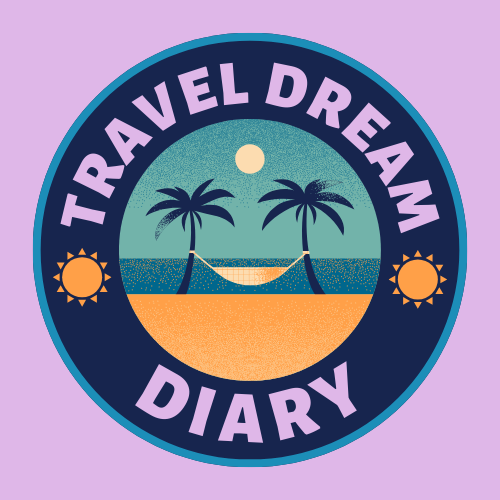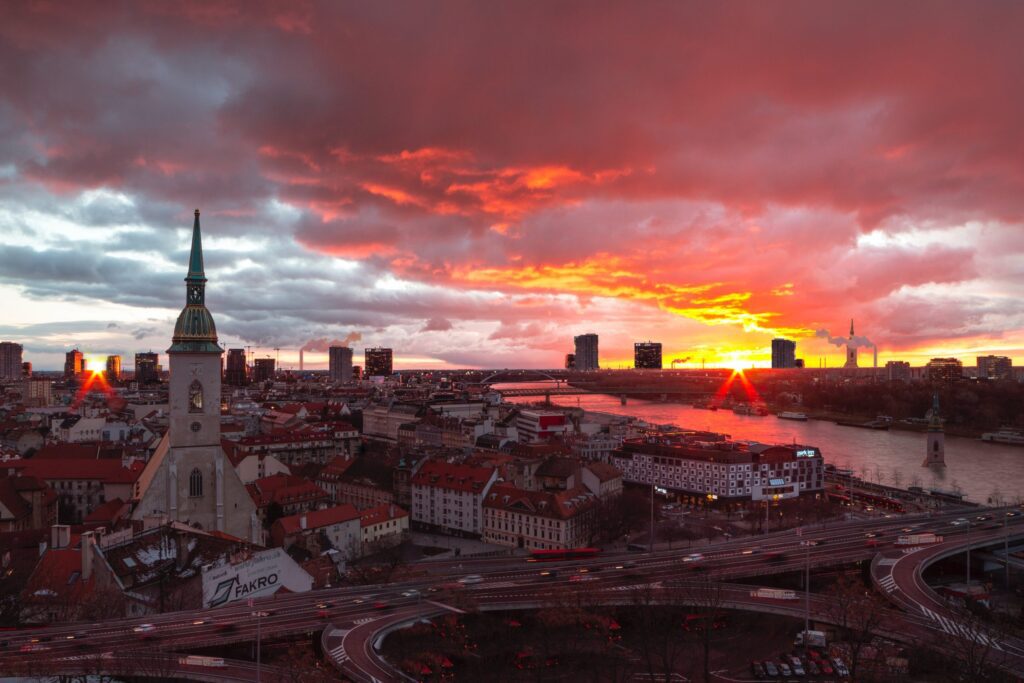The Ultimate Guide to Travel in Slovakia 2024 Slovakia Flag
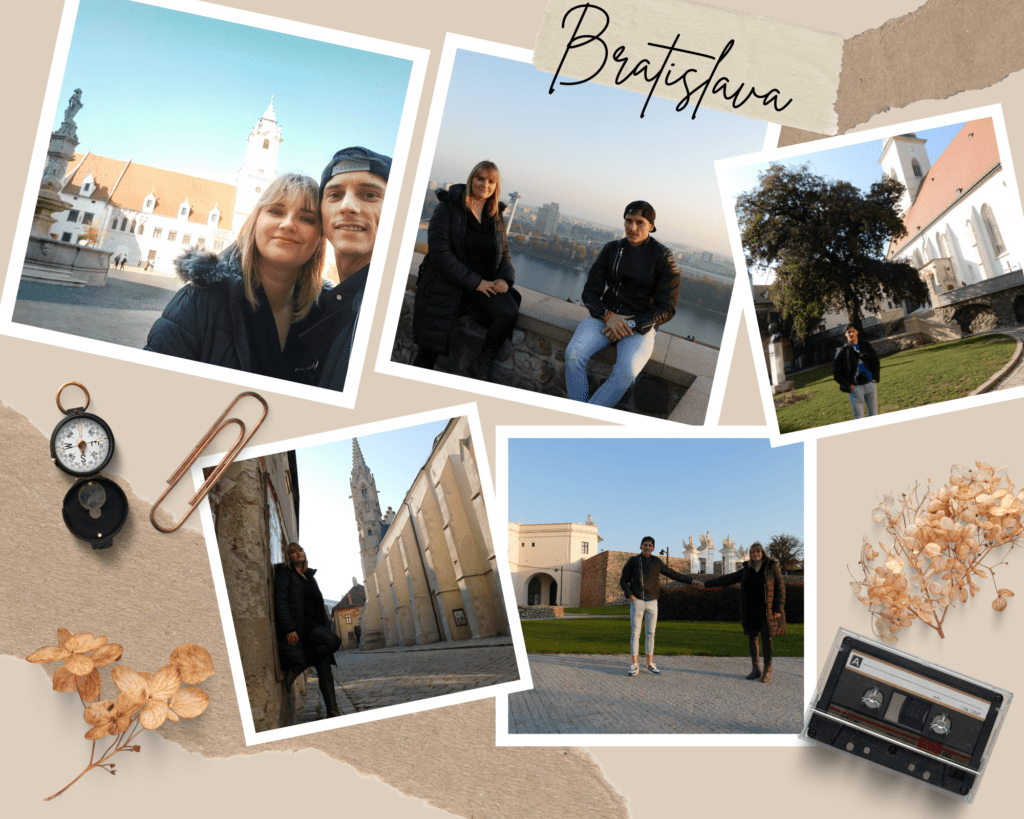
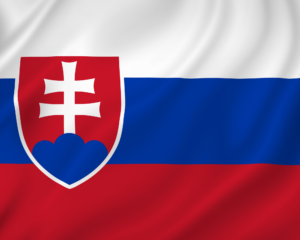
We have wanted to visit Slovakia for a long time and I think all your travel lovers know that Bratislava is a must-visit city. We really liked the city because the attractions are quite close to each other and here you really have a lot to see! Unfortunately, we only had a few hours, but we think it should be at least a whole day reserved for this city.
Of course, you can also visit the countryside and the beautiful mountains and forests; you will be amazed! It’s great to stay in the center of the old town at a restaurant with specific food or to have coffee and eat pancakes with chocolate. We’ll let you discover what we visited in the next article.
Photo Source : OanaAlexandra on canva.com
Slovakia-Bratislava and beautiful castles, forests and mountains
Slovakia is a nation in Central Europe that is landlocked. Hungary to the south, Austria to the southwest, Poland to the north, Ukraine to the east, and the Czech Republic to the northwest are its borders. Slovakia is home to roughly 5.4 million people and has a land area of approximately 49,000 square kilometers (19,000 sq mi), most of which is hilly. Bratislava is the capital and largest city; Košice is the second largest.
In the fifth and sixth centuries, the Slavs came to the region that is now Slovakia. They were instrumental in the establishment of Samoa’s Empire in the seventh century. They founded the Principality of Nitra in the ninth century, which the Principality of Moravia later overthrew to form Great Moravia. Following the breakup of Great Moravia in the tenth century, the region was incorporated by the Principality of Hungary, which in 1000 became the Kingdom of Hungary.
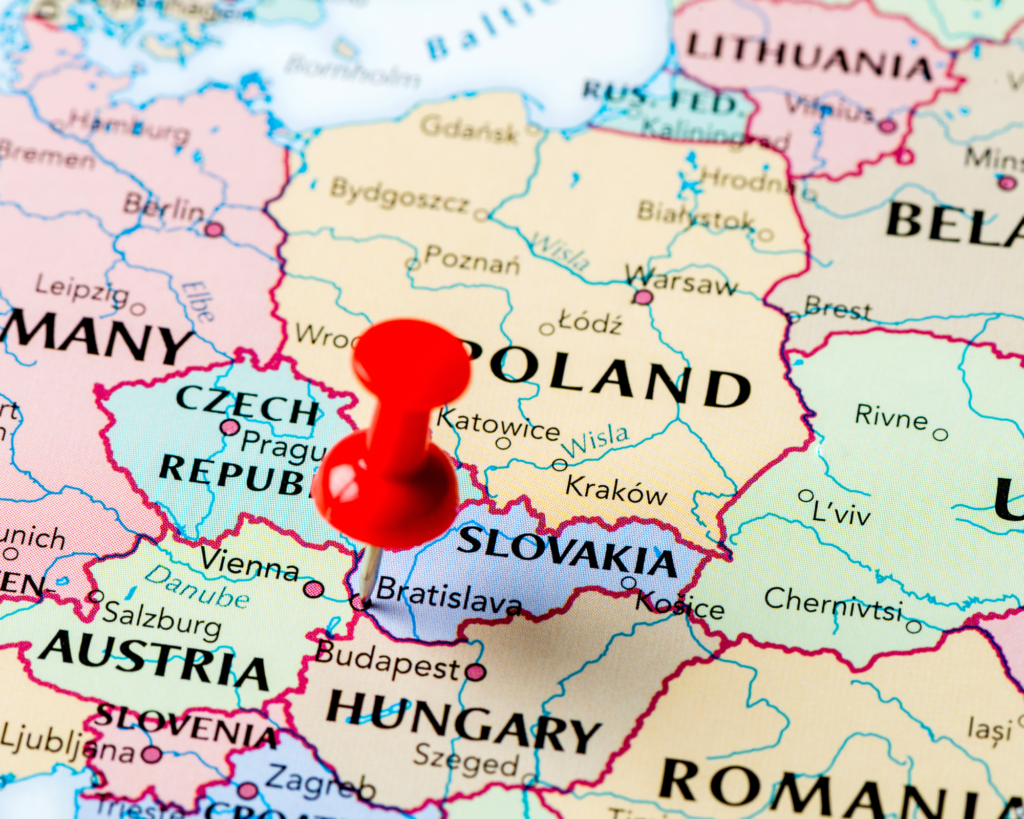
Subscribe to our newsletter
Following the Mongol invasion of Europe in 1241 and 1242, a large portion of the continent was devastated. Germans became a prominent ethnic minority in the region, especially in what are now areas of central and eastern Slovakia, thanks in great part to Béla IV of Hungary, who also settled Germans.Czechoslovakia was founded following World War I and the fall of the Austro-Hungarian Empire. Throughout the interwar years, it was the only nation in central and eastern Europe to maintain its democratic system. However, local fascist groups progressively gained control over the Slovak territories, and the first Slovak Republic functioned as a largely acknowledged Nazi Germany client state during World War II.
Following a coup in 1948, Czechoslovakia joined the Soviet-led Eastern Bloc and was placed under communist rule. The Prague Spring, which attempted to liberalize communism in Czechoslovakia, was defeated in August 1968 by the invasion of the country by the Warsaw Pact. The Communist government in Czechoslovakia was peacefully overthrown in 1989 by the Velvet Revolution. On January 1, 1993, Slovakia gained its independence following the amicable breakup of Czechoslovakia, which is frequently referred to as the “velvet divorce.”
Slovakia, which ranks extremely well in the Human Development Index, is a developed nation with a sophisticated, high-income economy. It also does well on measures of tranquility, democratic governance, press freedom, internet freedom, and civil liberties. Combining a market economy with a robust social security system, the nation offers its inhabitants free public education, universal health care, and one of the longest paid parental leaves in the OECD.
Slovakia is a party to the following organizations: the Council of Europe, the OECD, the WTO, the Eurozone, the United Nations, the NATO, the CERN, the Visegrád Group, and the OSCE. Eight UNESCO World Heritage Sites are located in Slovakia. Slovakia is the country that produces the most vehicles per capita in the world. In 2019, the country produced 1.1 million cars, or 43% of its entire industrial production.
